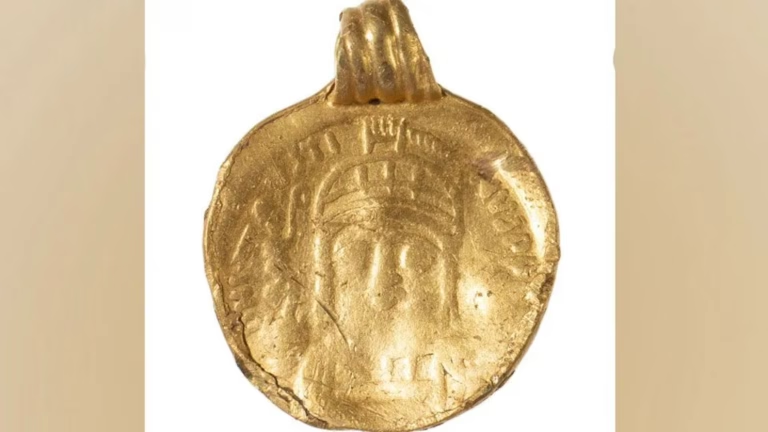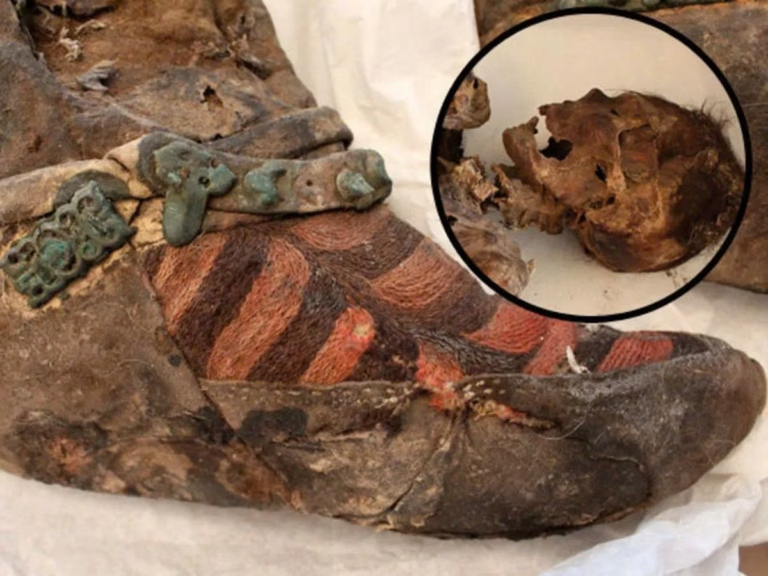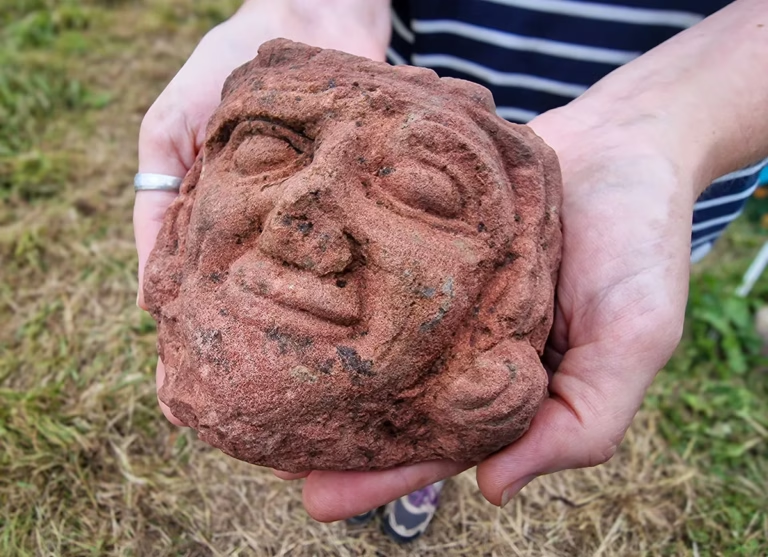Archaeologists in western Türkiye have uncovered previously unknown structures from the early Christian period during excavations at the ancient city of Magnesia, located in Aydın’s Germencik district. The findings fill a major historical gap between the Late Roman and Beylik (Turkic principalities) periods.
Founded by Magnetes from Thessaly around 2,400 years ago, Magnesia on the Maeander was once a key urban center connecting ancient cities like Ephesus, Priene, and Tralleis. Known for its Artemis Sanctuary and its 40,000-seat stadium, the city is now yielding fresh clues about its lesser-known later occupation phases.
First Christian-Era Architectural Evidence in Magnesia
Led by Assoc. Prof. Dr. Görkem Kökdemir of Ankara University, recent excavations have revealed a large religious complex adorned with well-preserved Christian frescoes, dating as early as the 5th century AD.
“This is the first time we’ve found tangible architectural evidence from the Christian period in Magnesia,” Kökdemir stated. “The complex appears to have been built between the late Roman and early Byzantine eras.”
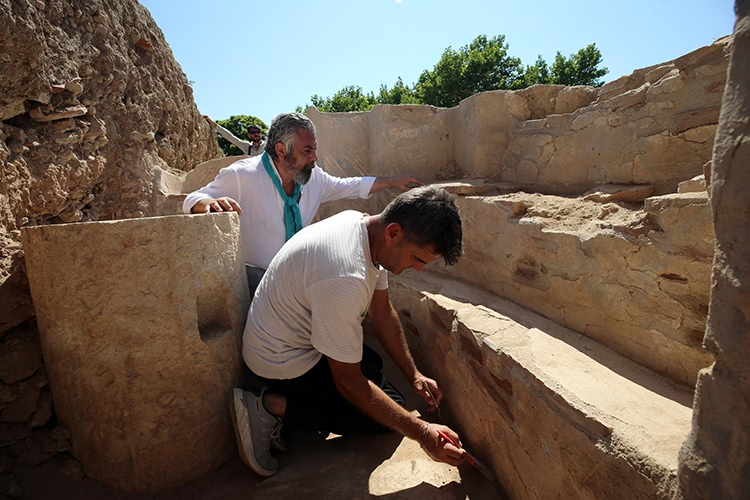
Among the standout discoveries is a bronze oil lamp, likely from the 4th to 6th centuries AD, a time when pagan practices were fading and Christianity was becoming dominant. Coins and architectural fragments from the site reinforce the dating and historical context.
Rewriting the City’s Forgotten Chapter
Until now, scholars had no confirmed evidence of settlement in Magnesia after the 4th century. Kökdemir explained that this discovery provides a missing chapter in the city’s history:
“We’re standing inside a structure that literally rewrites what we know. Every detail we uncover will tell us more about the transformation of this city in late antiquity.”
The research team has currently excavated around 400 square meters, with plans to expand their investigation.
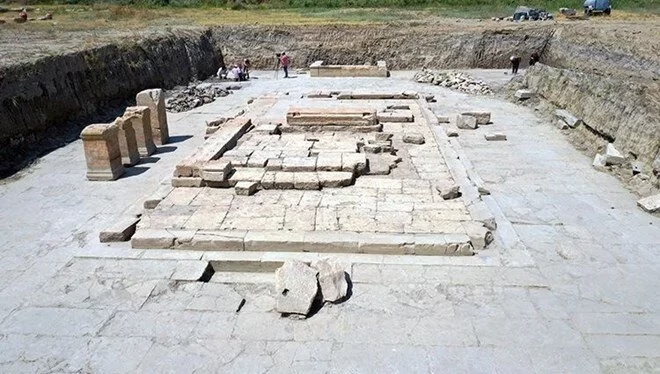
A City of Sacred Festivals and Strategic Importance
Magnesia was not only a commercial and strategic hub in antiquity but also one of the cities that hosted the renowned Artemis Festival, one of the most significant religious events of its time. The city’s vast ruins include a Zeus Temple, market basilica, gymnasium-bath complex, theater, and monumental stadium-hippodrome.
With the emergence of Christian architecture, Magnesia is now drawing renewed attention from historians and archaeologists worldwide.

